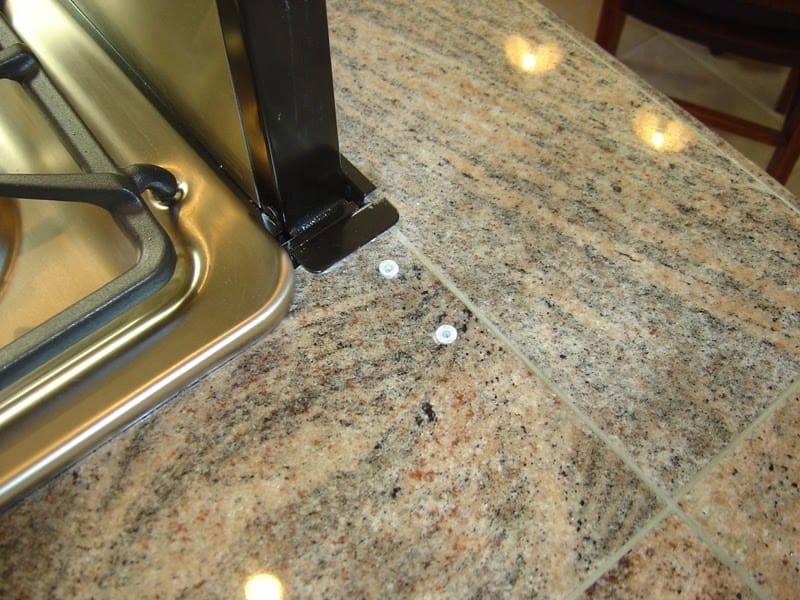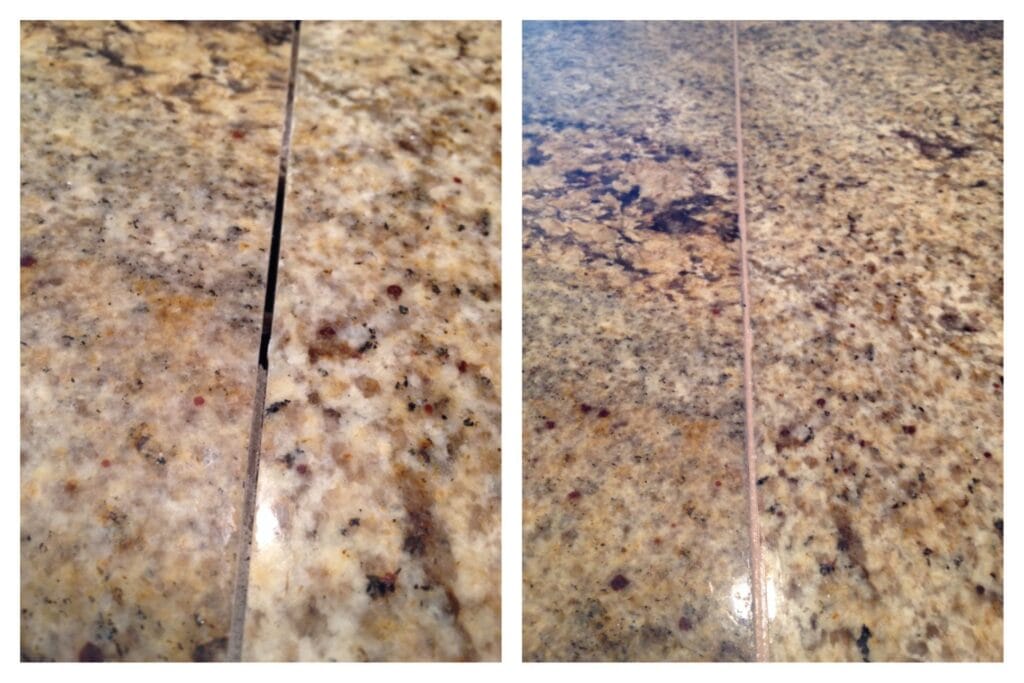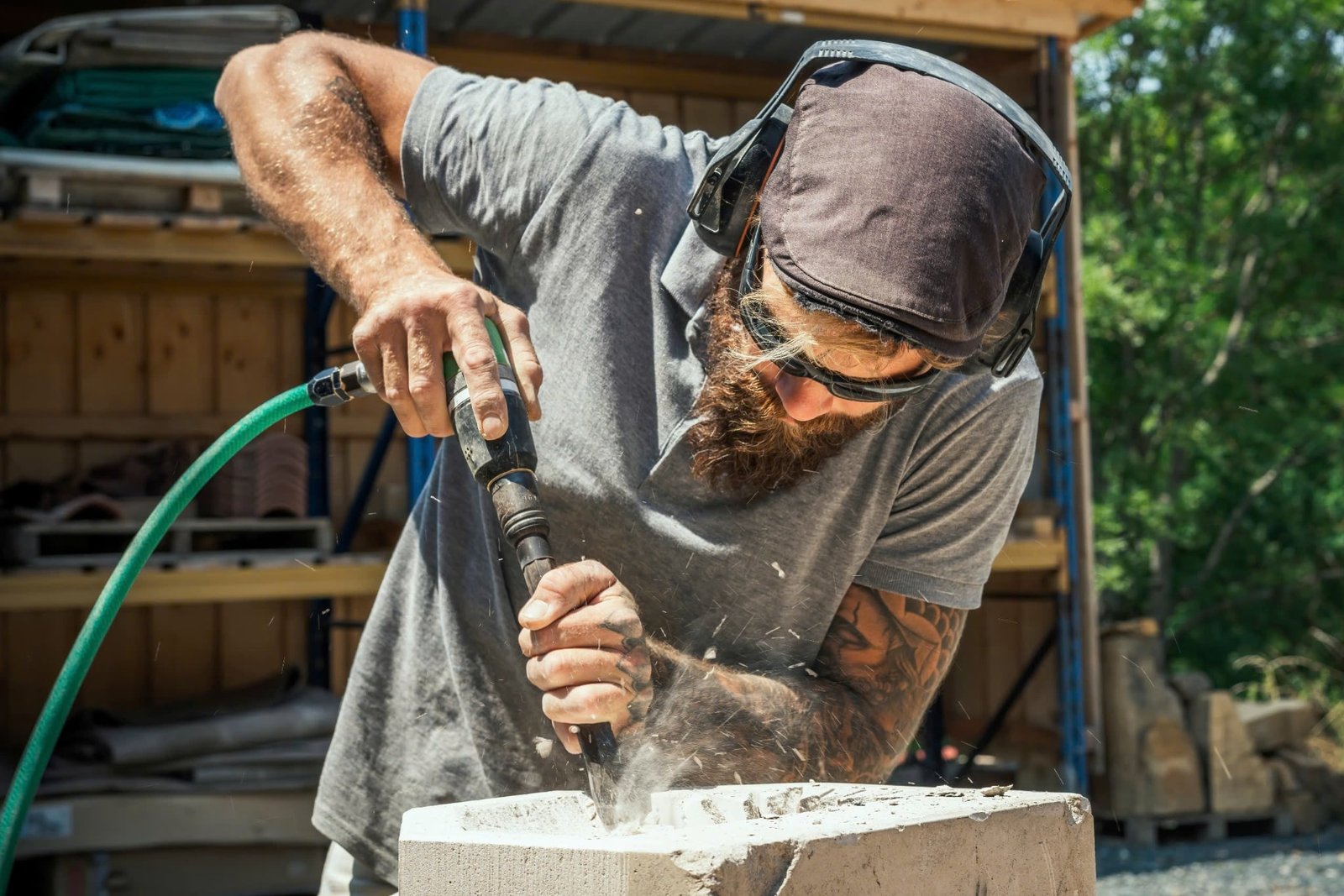
Granite countertops are a stunning addition to any kitchen or bathroom, prized for their durability, elegance, and variety
Granite countertops are a stunning addition to any kitchen or bathroom, prized for their durability, elegance, and variety—from black granite countertops to blue pearl granite countertops. However, even professionally installed slabs can become uneven over time due to shifting cabinets, poor installation, or settling foundations.
Whether you’ve noticed a small height difference at the seam or an entire slab sitting out of level, this guide provides step-by-step instructions on how to fix uneven granite countertops effectively and safely.

🔍 Understanding Uneven Granite Countertops
Before diving into repair methods, it’s essential to understand what causes uneven granite surfaces:
- Poor seam alignment between slabs
- Settling or warping of kitchen cabinets
- Incorrect leveling during initial installation
- Structural shifts in the home’s foundation
- Improper support beneath granite bathroom countertops or granite slabs for countertops
These issues may lead to gaps, bumps, or even cracks if left unchecked.

🛠 Tools and Materials You’ll Need
To address uneven custom granite countertops, especially at seams or edges, gather the following tools:
- Level (preferably a 4-foot or longer)
- Wood or plastic shims
- Rubber mallet
- Granite seam setter (optional for large adjustments)
- Caulk gun with color-matched silicone
- Epoxy or polyester resin
- Rubbing alcohol and clean cloths
- Suction cup lifters (for lifting or adjusting slabs)
- Safety goggles and gloves
⚙️ Step-by-Step: How to Fix Uneven Granite Countertops
1. Inspect the Seam or Height Difference
Use a long level to determine the extent of unevenness. Look along the granite countertop seams, especially between L-shaped sections or where two slabs meet. This is common in granite kitchen countertops installed in large islands.
If one slab is higher than the other, you’re likely dealing with a seam leveling issue.
2. Loosen the Slab if Possible
If your countertop was secured using silicone or caulk, gently cut through the seal with a utility knife. Then, use a suction cup lifter to slightly raise the granite to release the pressure. Be extremely cautious—granite is heavy and fragile.
This step is easier with recently installed countertops or during a renovation.
3. Insert Shims to Correct Height Differences
Slide plastic or composite shims under the low slab to bring it level with the higher section. Place the shims close to the edge and toward the middle for stable support. Use your level to verify progress as you insert each shim.
Tap lightly with a rubber mallet if adjustment is needed. For polished granite countertops, avoid scratching by using rubber or felt pads.
4. Apply Epoxy or Resin to Re-Bond the Seam
Once the slabs are level, mix a color-matched epoxy or resin adhesive. Apply it along the seam, pressing both sides together using clamps or a granite seam setter.
Let the adhesive cure fully (check manufacturer recommendations), then scrape off excess and polish the area.
Need help fixing surface damage too? Read: How to Fix Pitted Granite Countertops?
5. Seal and Finish the Repair
Use clear or color-matched silicone to reseal the edge between the granite and the backsplash or wall. Smooth the caulk with your finger or a caulk tool. Wipe away excess with rubbing alcohol.
If the seam looks cloudy, polish it gently and refer to How to Fix Cloudy Granite Countertops? for full restoration tips.
🧼 Maintenance Tips to Prevent Uneven Granite
- Check cabinet level before installing granite.
- Reseal granite regularly to prevent moisture damage—is granite igneous? Being a natural stone, it’s porous and susceptible to structural changes.
- Use padded supports under longer spans, especially in granite countertops for outdoor kitchens.
- Avoid placing heavy objects near unsupported edges.
📌 Common Mistakes to Avoid
- Using metal tools directly on the granite surface.
- Over-tightening clamps, which can crack slabs.
- Ignoring small seam height differences—they can worsen over time.
- Using unapproved adhesives, which might not bond well with natural stone vs engineered stone countertops.
🧪 Is Granite a Stable Stone for Long-Term Installations?
Absolutely. As confirmed by geology, is granite an igneous rock? Yes, and it is one of the hardest and most durable natural stones used in modern construction.
However, proper handling, installation, and maintenance are key to maximizing longevity—especially in high-traffic zones such as best granite countertops for kitchens.
📍 Granite Countertop Installation: Hire or DIY?
For large adjustments or when working with granite countertop showroom [location] fabrications, it’s best to consult top-rated granite countertop installers near me.
Still, small seam adjustments and leveling can be done by capable DIYers with the right tools and patience.
🧾 Summary: Fixing Uneven Granite the Right Way
Fixing uneven granite countertops requires careful inspection, leveling with shims, rebonding seams, and proper resealing. With the right tools—including suction cups, shims, and epoxy—you can restore a flawless look to your granite installation.

